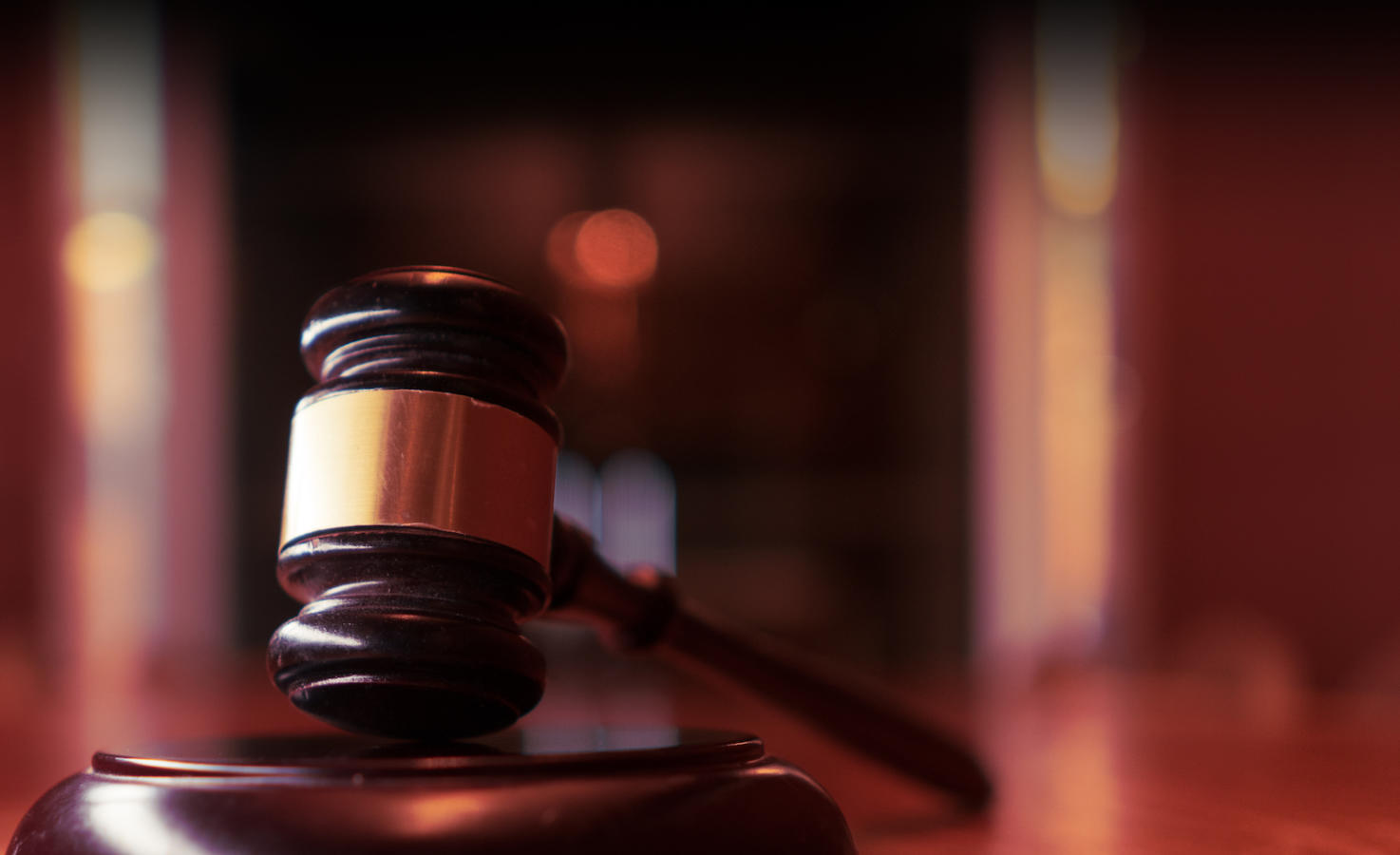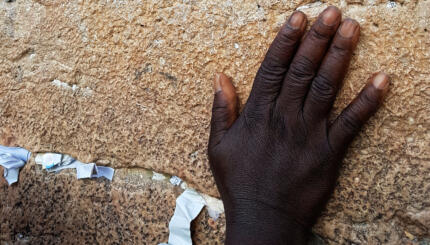The commands us to “appoint judges and officials for your tribes” (Deuteronomy 16:18). Throughout history Jews have observed this commandment by setting up various ways of adjudicating Jewish legal disputes.
During the time of the Temple in Jerusalem, the Sanhedrin, a group of 71 rabbis, heard cases and handed down rulings to the Jews of Israel. Soon after the destruction of the Temple, when Jews began spreading throughout the diaspora, gathering 71 legal authorities was no longer practical. Instead, consulting a beit din (sometimes spelled bet din, or beth din, plural batei din), a group of three men knowledgeable in Jewish law, eventually became the commonly accepted way for Jews to address legal disputes. These three men work together to come to a ruling according to halakhah (Jewish law). During the time of the Sanhedrin, this option had only been available to those living in small towns.

In Israel today, batei din are a part of the formal legal system, and must be consulted for some ritual matters (such as divorces and conversions). Members of Israeli batei din are called dayanim (singular: dayan, meaning decider) and many have been through rigorous training programs focused on settling disputes and making legal rulings. Outside of Israel there are some national and local batei din, such as the Beth Din of America, or the Beth Din of Manchester, that are available for those who want to employ their services. These batei din are typically staffed by rabbis, and those on the Beit Din of America are often also lawyers.
However, according to Jewish law, all one needs for a beit din is three Jewish men, so technically you could create your own without using one of the formal organizations. Often the proceedings of a beit din are held in a synagogue, but they can actually take place anywhere, even at home or at the park.
Gittin–Jewish Divorces
There are many situations in which a Jew might consult a beit din, but the most common is to arrange a get, or a Jewish divorce document. In order for a couple to be divorced according to Jewish law, the man must present the woman with a get in front of a beit din. The beit din is present to ensure that everything is done precisely according to Jewish law and is thus valid (at least one member of a beit din for a get is usually an expert on gittin, the laws of Jewish divorce). A beit din may also be involved in property division, custody, and visitation issues that arise from a divorce.

Help us keep Jewish knowledge accessible to millions of people around the world.
Your donation to My Jewish Learning fuels endless journeys of Jewish discovery. With your help, My Jewish Learning can continue to provide nonstop opportunities for learning, connection and growth.
Conversion
Before a person converts, she must appear before a beit din and answer a series of questions about the sincerity of her desire to convert, the likelihood of her continued religious observance, and whether the degree of knowledge she has accumulated will be adequate to live a Jewish life. The beit din is also present when a convert dunks in the mikveh, completing the conversion process. There are a variety of special arrangements possible to ensure privacy and modesty when the convert is a different sex from one or more members of the beit din, including erecting a screen or having the convert wear a loose-fitting gown into the mikveh.
READ: Conversion to Judaism, Denomination by Denomination
Halakhic Status Determination
A beit din may also be convened before a couple gets married, in order to confirm that both parties are in fact Jewish (a Jew cannot legally wed a non-Jew according to traditional Jewish law). Inquiries may be made into the background and lineage of each party. If a man who is a kohen, a member of the priestly family, is engaged to be married, a beit din may be consulted to ensure that the woman he is going to marry is not a convert or a divorcee, both of which are prohibited for a to marry according to Jewish law.
Once a status has been confirmed, a beit din can issue a certificate confirming such status. These certificates are required by some rabbis in Israel before they will perform a marriage ceremony.
Dissolving Oaths
Before Rosh Hashanah and Yom Kippur many communities convene batei din in order to allow people to formally dissolve any oaths they may have made during the year. This is called hatarat nedarim. The ritual requires that a man or woman recite a certain text in front of a beit din, publicly absolving themselves from any vows or customs they took on during the previous year. This allows the person to go into the high holidays with a clean slate. In the case of hatarat nedarim, the beit din is essentially acting as a witness or notary to the statement of the individual. In contrast to other batei din, a beit din convened in order to dissolve oaths is not usually made up of experts, but just any three Jewish men.
Other Functions of a Beit Din
In addition to marriage-related issues, and conversions, some batei din oversee the certification of many Jewish legal professions, such as a mashgiach, who ensures the kashrut of a restaurant or facility, a mohel, who performs circumcisions, and other communal institutions, such as Jewish burial societies, and mikvehs.
A beit din can also be consulted for settling issues of damages and business disputes, provided that the parties involved are Jewish and want their conflict to be resolved according to the principles of Jewish law. In adjudicating civil issues, some batei din conduct their proceedings in a manner that is consistent with the requirements of secular arbitration law, so that their rulings are legally binding and enforceable in the secular court system.
Who Can Be On A Beit Din?
In the Orthodox community, a formal beit din is composed of three Jewish adult men, at least one of whom is a rabbi, and the others of whom are Torah and mitzvah-observant Jews, preferably knowledgeable about the particular matter that is being argued. The vast majority of batei din are Orthodox.
However, the Conservative movement also convenes batei din, primarily for the purposes of divorce and conversion. There are women who sit on these batei din, but they sometimes recuse themselves from a beit din out of concern that if the divorce or conversion would ever be contested by an Orthodox beit din it could be overturned because a woman was on the beit din. In the Reform movement, batei din are only convened for conversions, and women are accepted on these batei din.



